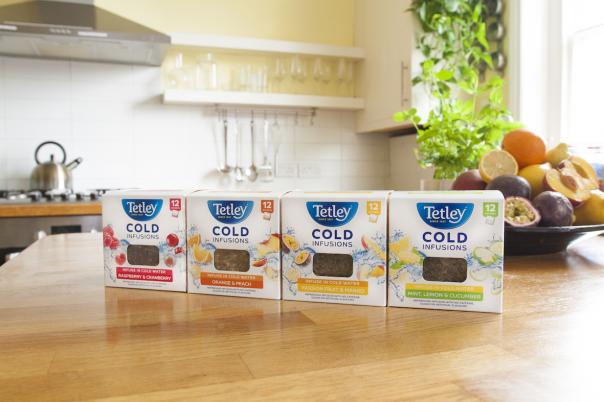
Keith Hinchcliffe, managing director at procurement company, Beacon explores.
Its implementation in 2018 led to a huge period of change for hospitality and foodservice industries as well as general consumers, as the Government attempted to crack down on high sugar levels in soft drinks.
It was estimated that the new tax would raise £520m, which would go towards funding for sports activities in UK primary schools.
The sugar tax, which was introduced in April 2018, was designed to reduce the consumption of drinks with added sugar by taxing companies according to their sugar content. Favourites like Coke, for example, experienced price increases with a regular can rising from 72p to 80p whilst a 1.75ml bottle grew from roughly £1.25 to £1.49.
The public have become more aware of sugar content since the implementation of the sugar tax which has influenced their purchasing habits and been the driving force behind the surge in embracing a healthier approach to food and drink.
One of Beacon’s suppliers, Coca-Cola, revealed that 50% of its customers look at sugar content when purchasing beverages, with the number of shoppers admitting that the levy had changed their purchasing behaviour increasing from 26% to 33% during the first few months of 2019. Consumer demand has enabled organic, low and natural sugar soft drink alternatives to rapidly increase in popularity, seeing sugar free drinks take a greater market share.
Bidfood has revealed that the low-calorie drinks market is up by a respectable 30%, with the uplift in sales being driven by a combination of reformulation, suppliers concentrating on low sugar new product development and customers switching away from full sugar products to low calorie alternatives.
Infused, carbonated waters have been hugely popular with the health conscious in North America, and this has started to gain traction with similar audiences in the UK. Often referred to as ‘water plus’ or ‘v water’, these refreshments are all-natural drinks, with no added sugar or sweeteners that still deliver on both refreshment and taste.
Brakes also suggest that light colas are the fastest growing beverage in the cola sector in Great Britain, with their Moving Annual Total (MAT) up a significant 20%. A number of soft drinks brands have worked to create low sugar versions of their best-selling products, to satisfy healthier appetites.
And finally, insight from Tetley has shown that 89% of the population don’t drink enough water and so fruit, herbal and green teas have observed significant growth in popularity as consumers look to up their H20 intake whilst seeking sugar drink alternatives.
So, it’s clear to see that regardless of whether this shift can be directly linked to the levy or not, attitudes and perceptions towards sugary drinks have changed which, in turn, has influenced consumers’ drinking (and purchasing) habits over the last 12 months.
It seems to me that things are only going to continue in this vein with health-conscious consumers becoming even more savvy and aware of the power and influence they have, therefore having greater expectations when it comes to drinks menu offerings.